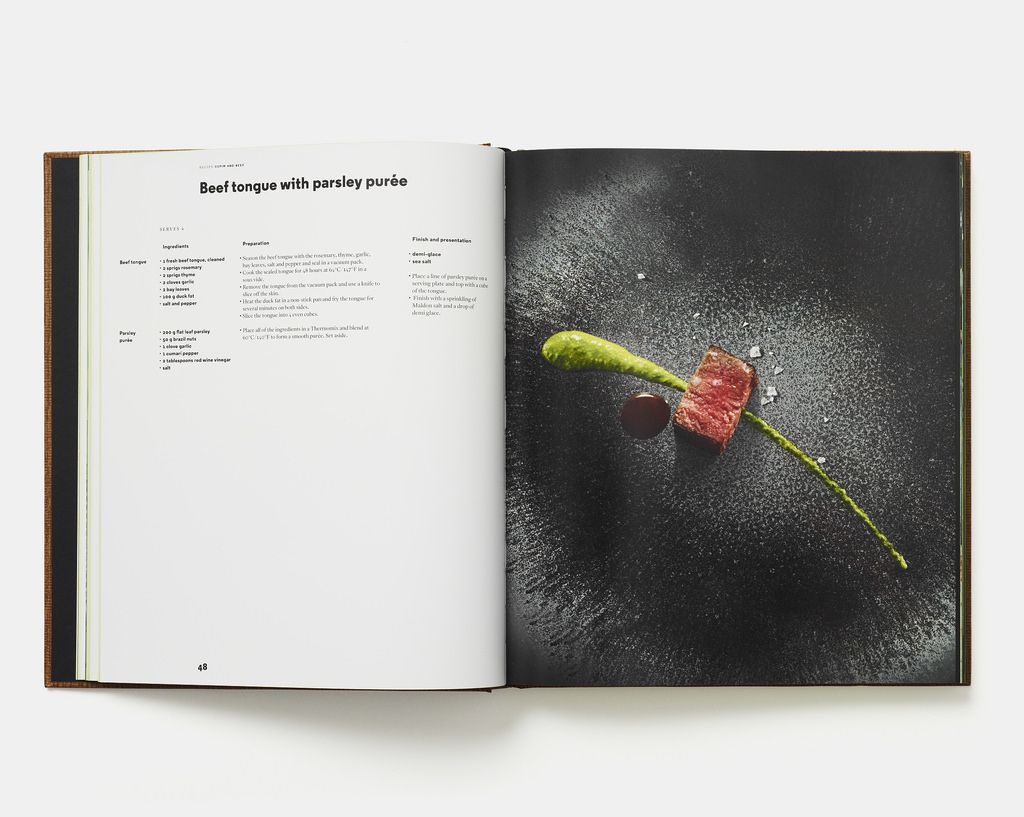Popular on Food52
3 Comments
Brian G.
April 25, 2015
All designs have their place; the book definitely fits Atala's style. One of my favorite food-inspired books "A Day at El Bulli" has almost no recipes in it (and even fewer that you can even make at home) but it's still chock full of beautiful photography and stories. I do appreciate minimalism though and this book definitely caught my eye.
AntoniaJames
April 24, 2015
Thought of you, Ali, when I saw this recently: http://www.condenaststore.com/-sp/Vinnie-we-gotta-talk-about-what-bookmaking-means-New-Yorker-Cartoon-Prints_i13368591_.htm ;o)
AntoniaJames
April 24, 2015
All about the food, and nothing but the food: Yes, thank you.
No photos of the author and his friends, pets, favorite beach, etc.: Yes, thank you.
Efficiently drafted recipe that's to the point, with nothing extraneous: Yes, thank you.
Clean, uniform font size and color: Yes, thank you.
No headnotes: Yes, thank you.
I'd say he's ticked all the boxes for me. ;o)
No photos of the author and his friends, pets, favorite beach, etc.: Yes, thank you.
Efficiently drafted recipe that's to the point, with nothing extraneous: Yes, thank you.
Clean, uniform font size and color: Yes, thank you.
No headnotes: Yes, thank you.
I'd say he's ticked all the boxes for me. ;o)


See what other Food52 readers are saying.